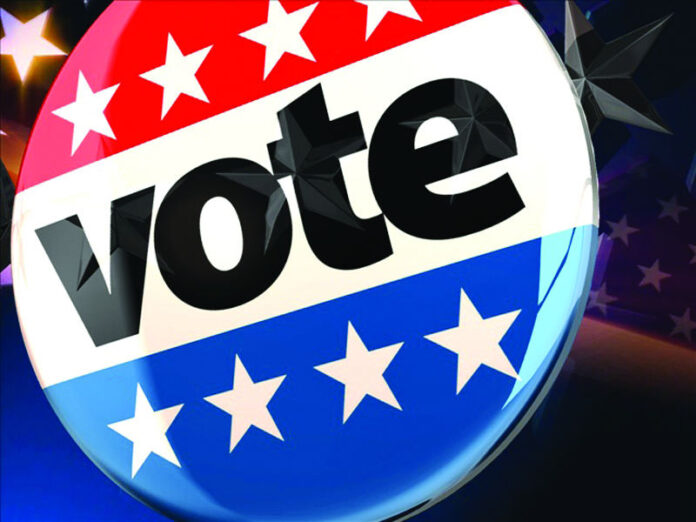If you are among the 104,000 rural residents of Cameron County, you have the opportunity to make a difference with a referendum vote in this current election, which concludes on Election Day Nov. 7.
The referendum question deals with creating what is being called a “Cameron County Assistance District.” The district is made up of those living county wide in rural unincorporated areas except for those areas that are within territories of any of the 17 cities of the county.
If approved by voters, the assistance district would be a governmental body created to address the needs of the people who live in the rural areas. At the same time, a 2 percent sales tax increase in the rural district would be imposed in order to raise funds for use only in the rural areas.
Mark Yates, Cameron County Director of Economic Development and Community Affairs, said the county can’t wait or rely on funding for improvements from Austin or Washington, D.C.
“The only way to do this is to help ourselves,” he said. “This is the mechanism to help ourselves.”
How much is the sales tax?
A 2 percent sales tax is being proposed, which will elevate most rural retailers to 8.25 percent sales tax, the same rate levied by most cities in the county and the maximum allowed.
That means, if you make a purchase of $10, your total tax would be 83 cents, the same amount you pay in the cities of Harlingen and Brownsville as well as most others in the county.
How much could it raise?
It is estimated the eligible sales in the proposed rural district could total as much as $48 million. That means the sales tax increase could generate up to $950,000 annually for rural improvements.
How can the funds be used?
The main purpose of the district is to benefit the public health and welfare of the residents in these rural communities.
Among those include installing streets lights, mosquito spraying, disaster response and fire prevention services, among others. If approved, funds also can be used for road repair, law enforcement, parks, museums, libraries, recreational facilities or the promotion of economic development and tourism.
“We are trying to push quality of life, health and safety issues,” Yates said.




